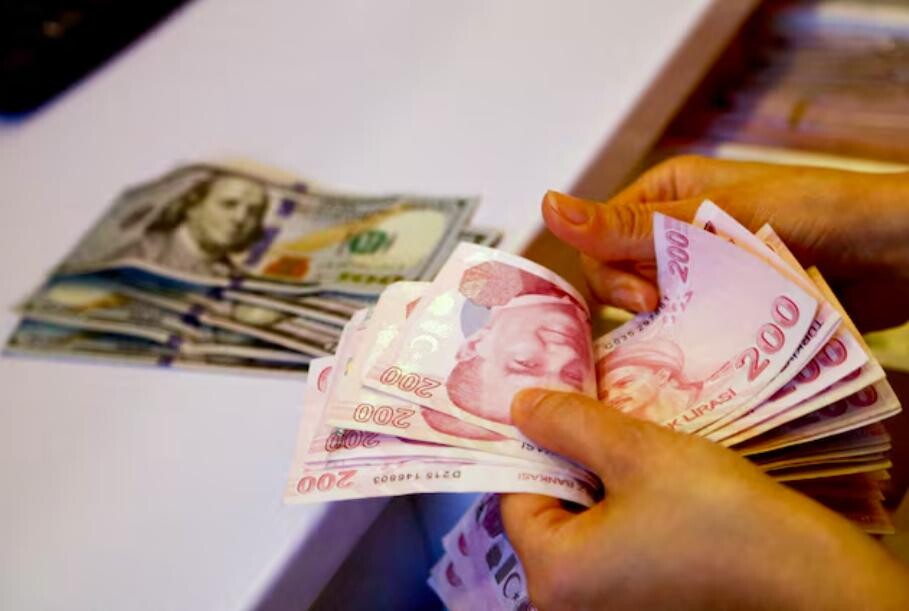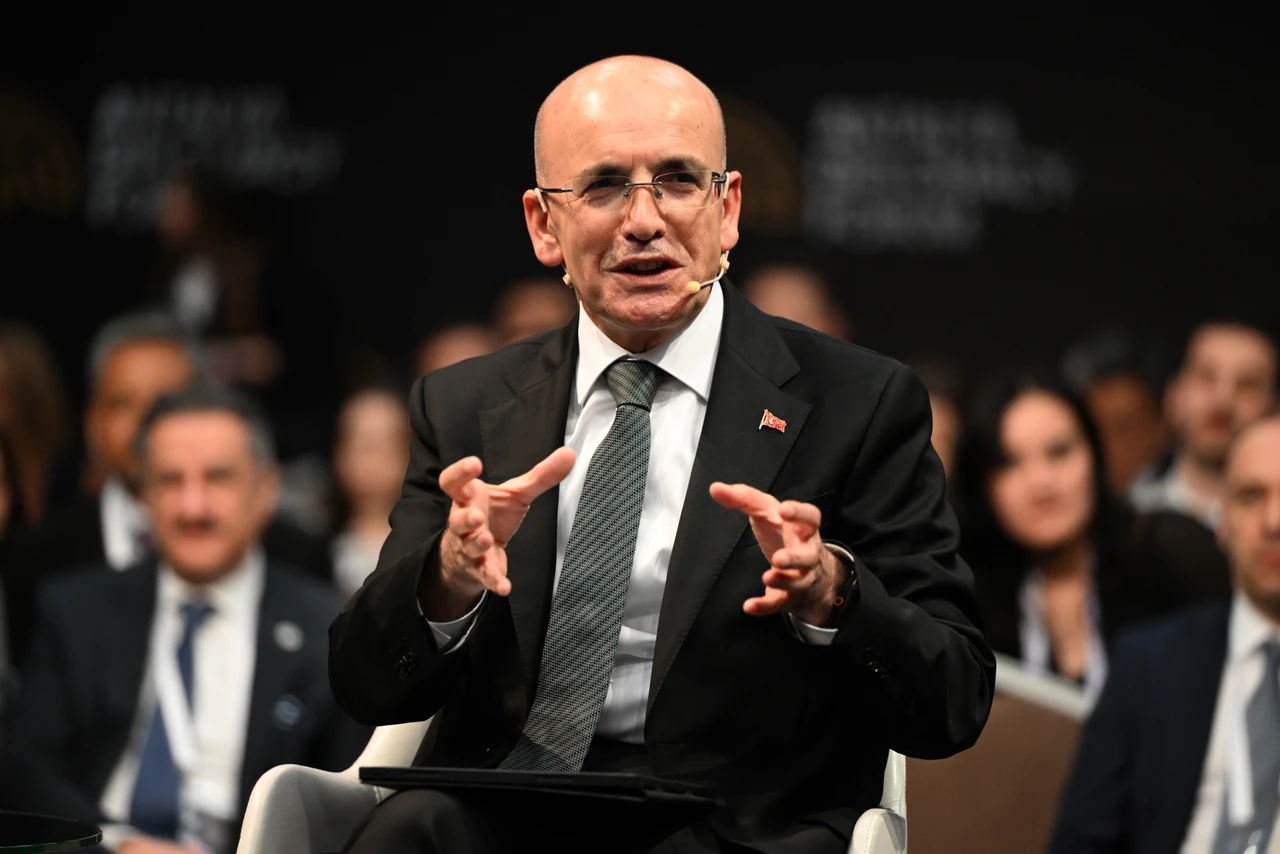Turkish investors flock to lira as faith in economic stability grows

Domestic investors have been increasingly converting foreign currency deposits into Turkish lira (₺) savings accounts.
According to data from the Banking Regulation and Supervision Agency (BDDK), the week ending on May 17, saw a significant reduction of ₺20.3 billion in currency-protected deposits (KKM).
Meanwhile, Turkish central bank data indicated a decrease of $1.2 billion in foreign currency deposits during the same period. The shift is attributed to growing confidence in controlling inflation, the stable exchange rate failing to offer expected real returns and the attraction of high interest rates.
Recent data shows a marked acceleration in the shift from dollars to Turkish lira among domestic residents. Turkish central bank statistics reveal a decline in foreign currency deposits and a concurrent rise in ₺ deposits.
BDDK data for the week ending on May 17 indicates that currency-protected deposits decreased by ₺20.3 billion, bringing the total from ₺2.5 trillion at the start of the year down to ₺2.1 trillion as of May 17.
Simultaneously, a noticeable drop in foreign currency deposits has been observed. According to the central bank, foreign currency deposits fell by $1.2 billion in the same period, with personal foreign currency deposits decreasing by $1.1 billion.
In the week ending on May 10, domestic residents’ foreign currency deposits had also dropped by $3.2 billion to $172.6 billion. Adjusted for exchange rate effects, this decline was $4.3 billion. What drives this recent preference for Turkish lira?
Experts suggest that the primary reason is the stable dollar/TL exchange rate in recent months. With the exchange rate steady, investors seeking real returns are turning to high ₺ deposit interest rates.
Altan Aydin, Fund Manager at Perform Portfoy, links the shift to inflation expectations. “The Central Bank’s credibility affects various factors, including inflation expectations,” says Aydin. “The belief that the Central Bank can control inflation through tight monetary policy is growing. This stability in Turkish lira inevitably influences both ₺ and foreign currency investors.”
Aydin notes: “As the waiting period for returns in foreign currency extends without real gains, the appeal of high Turkish lira deposit rates accelerates the shift to Turkish lira deposits. This trend benefits the Turkish lira, reflected in the market pricing of TL assets and the inflow into bonds and equities. Consequently, those who previously kept their money in foreign currency are now switching to Turkish lira.”
High deposit interest rates
One key factor driving this shift is the high interest rates on Turkish lira deposits compared to the low rates on foreign currency deposits.
According to the central bank’s data, deposit interest rates hit a 22-year high last month but dropped 4.4 percentage points in a week. The customer-specific deposit rates offered in bank branches fell from 60% to 47% within a month due to excess Turkish lira liquidity.
However, recent measures by the central bank are expected to push deposit rates back up. Aydin believes that high Turkish lira deposit rates will continue to support the shift to TL, reflecting the positive outcomes of current economic policies.
The intended outcome
Caglar Toros, Investment Strategist at Info Yatirim, emphasizes that this trend aligns with the goals of existing economic policies, aiming to strengthen the Turkish lira and reduce demand for foreign currency. He states that the results of these policies are now evident.
Serkan Gonencler, Chief Economist at Gedik Yatirim, also highlights the impact of the stable dollar exchange rate. “The atmosphere has changed. The stable exchange rate over the past 2 months has influenced domestic investors,” says Gonencler.
“This has led investors to shift from foreign currency deposits to Turkish lira deposits.”
How long will the shift to ₺ last?
Altan Aydin from Perform Portfoy anticipates challenges in September, October, and November. “This period will be a test for us and the Central Bank, as expectations for interest rate cuts will emerge,” he says.
“If the Central Bank does not signal early interest rate cuts, the shift to TL will accelerate. This depends on the Central Bank’s stance and international market trends. I expect a slight increase in foreign currency after the summer, but the main trajectory and the outcome of the exchange rate-interest rate equation will become clear in the last quarter of the year.”



